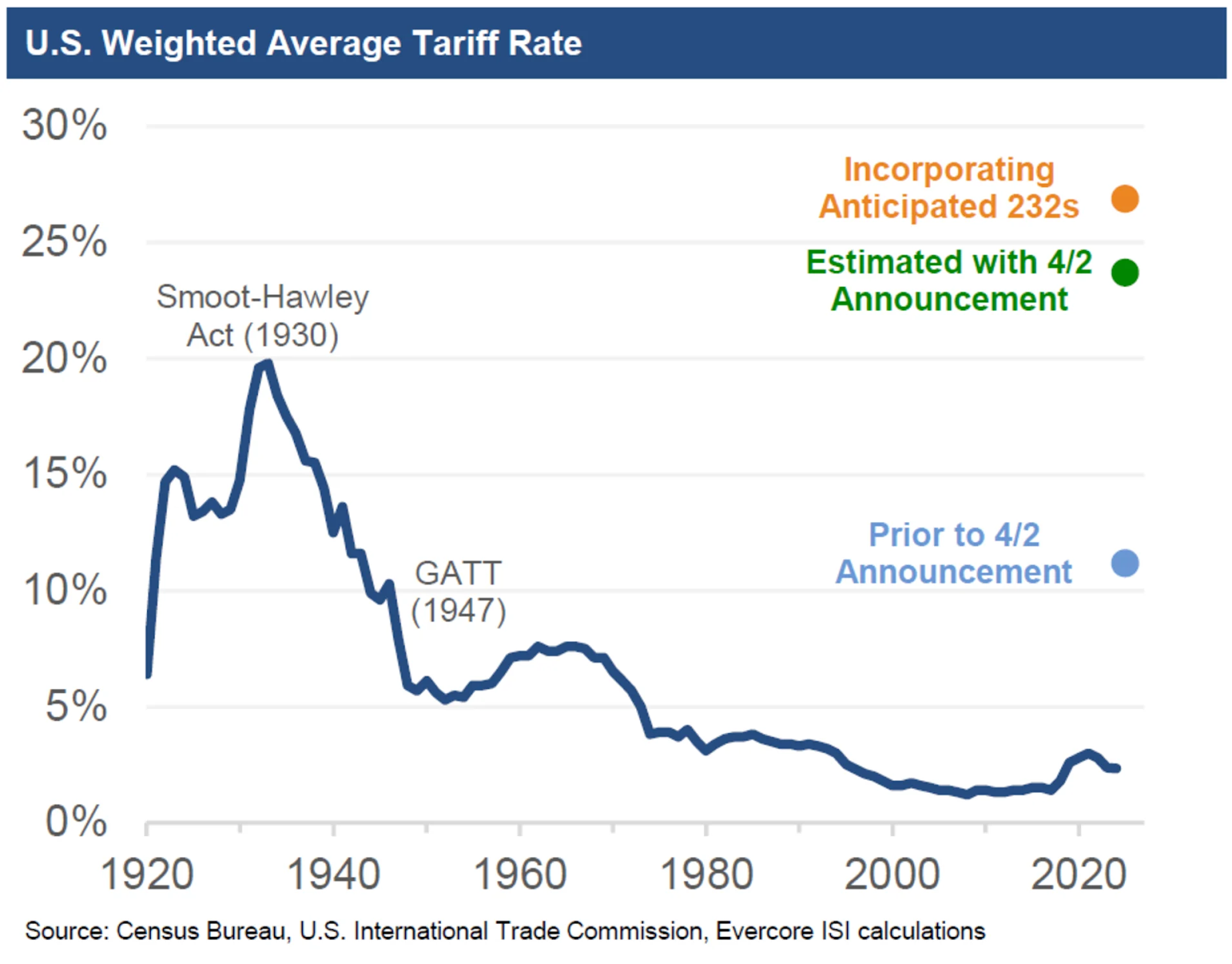Thahbib Rahman
Research Analyst
After the unveiling of his reciprocal tariffs, the US weighted average tariff rate is now the highest it has been in a century. The S&P 500 Index experienced its largest single day loss since June 2020 and BTC fell to $81K. Despite those moves, President Trump claimed "the markets are gonna boom". That's clearly fallen on deaf ears in derivatives markets where BTC and ETH volatility smiles are still majorly skewed towards puts. Separately, Coinbase has filed with the CFTC to launch a new XRP futures contract which, if approved, will launch on April 21.

.png)
.png)





